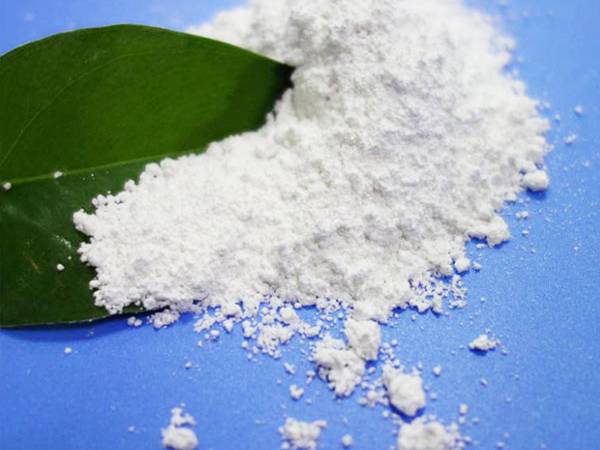



partially hydrolyzed polyacrylamide
Partially Hydrolyzed Polyacrylamide Properties, Applications, and Benefits
Partially hydrolyzed polyacrylamide (PHPAM) is a versatile polymer that has garnered significant attention across various fields due to its unique characteristics. This water-soluble synthetic polymer is derived from polyacrylamide, which undergoes partial hydrolysis to introduce charged groups into its structure. The incorporation of these polar groups enhances its solubility in water and modifies its viscosity, making it a valuable component in numerous industrial applications.
Chemical Structure and Properties
The chemical structure of PHPAM consists of repeating acrylamide units that have been partially hydrolyzed to create anionic or cationic sites within the polymer chain. The degree of hydrolysis can be controlled during synthesis, allowing manufacturers to tailor the properties of PHPAM for specific applications. This adjustable hydrolysis level influences not only the solubility and viscosity but also the ionic strength of the polymer solution.
One of the defining features of PHPAM is its ability to dissolve in water and increase the viscosity of aqueous solutions, even at low concentrations. This property is primarily attributed to the formation of a network of hydrogen bonds and hydrophobic interactions among the polymer chains. Consequently, PHPAM solutions exhibit non-Newtonian behavior, which means their viscosity changes with the applied shear rate, making them ideal for various industrial applications.
Applications
PHPAM finds extensive use in several fields, including
1. Oil and Gas Industry In enhanced oil recovery (EOR) processes, PHPAM is employed as a thickener, which helps to improve the displacement efficiency of water flooding operations. By increasing the viscosity of the injection fluid, PHPAM reduces the mobility of water and enhances the sweep efficiency, thereby allowing for more effective oil extraction.
partially hydrolyzed polyacrylamide

2. Mining and Mineral Processing The mineral industry utilizes PHPAM as a flocculant in ore beneficiation processes. It helps in the aggregation of fine particles, facilitating their separation during the concentration processes. The improved settling rates of slurries enhance the efficiency of mineral recovery and reduce processing costs.
3. Agriculture PHPAM serves as a soil conditioner that improves water retention and stabilization in arid regions. When added to soil, it can increase its capacity to hold water, thus reducing irrigation frequency and increasing crop yields. Additionally, it aids in the dispersion of fertilizers and pesticides, enhancing their effectiveness.
4. Biomedical Applications In the field of biomedicine, PHPAM is used in drug delivery systems due to its biocompatibility and ability to form hydrogels. These hydrogels can encapsulate drugs and release them in a controlled manner, improving therapeutic efficacy and minimizing side effects.
5. Cosmetic Industry PHPAM is also prevalent in cosmetic formulations as a thickening agent. Its ability to enhance the texture and spreadability of creams and lotions is valued, making it a common ingredient in skin care products.
Environmental Benefits
The environmental advantages of PHPAM further bolster its appeal. It is generally considered non-toxic and biodegradable under specific conditions. When used in agricultural applications, for instance, it enhances water retention in soil, which can reduce the need for chemical fertilizers and limit nutrient runoff into water bodies. This capability to mitigate environmental impact aligns with the growing emphasis on sustainable practices across industries.
Conclusion
Partially hydrolyzed polyacrylamide is a multi-functional polymer with a wide range of applications that capitalize on its unique properties. Its ability to enhance viscosity, act as a flocculant, and improve water retention makes it an indispensable tool in industries such as oil and gas, mining, agriculture, and biomedicine. As technological advancements continue to evolve and environmental considerations gain importance, PHPAM's role in promoting sustainable practices and enhancing efficiency is set to become even more significant. With ongoing research into its applications and improvements in synthesis techniques, the future for PHPAM looks promising, making it a polymer worth watching in the years ahead.
-
Why Sodium Persulfate Is Everywhere NowNewsJul.07,2025
-
Why Polyacrylamide Is in High DemandNewsJul.07,2025
-
Understanding Paint Chemicals and Their ApplicationsNewsJul.07,2025
-
Smart Use Of Mining ChemicalsNewsJul.07,2025
-
Practical Uses of Potassium MonopersulfateNewsJul.07,2025
-
Agrochemicals In Real FarmingNewsJul.07,2025
-
Sodium Chlorite Hot UsesNewsJul.01,2025










